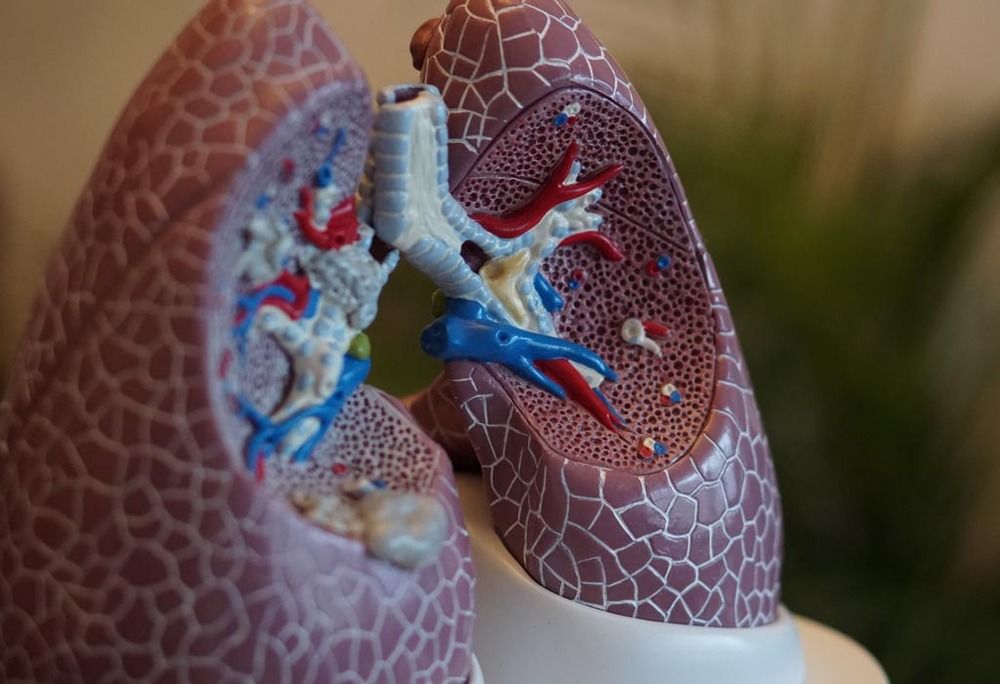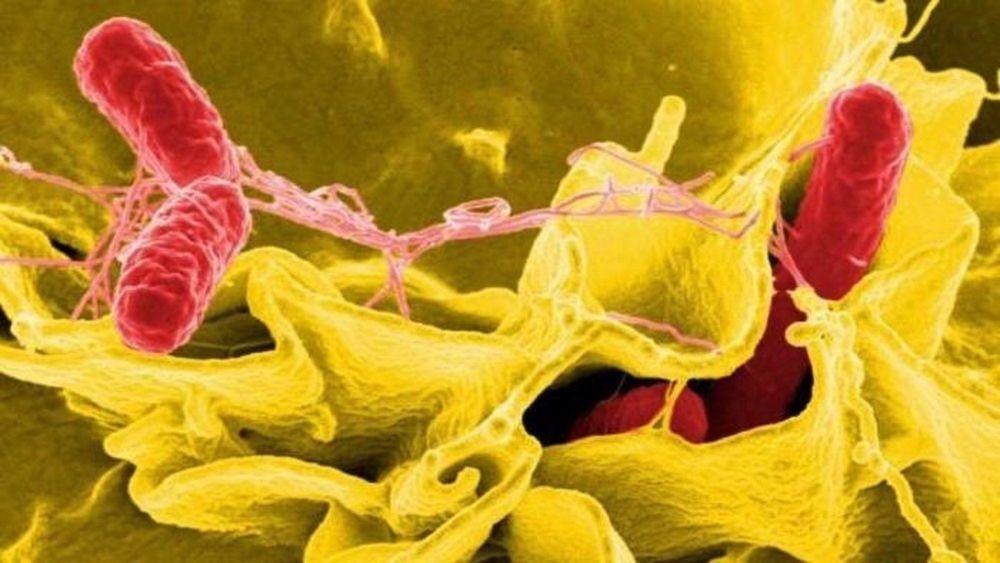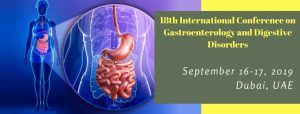Some treatments for neurodegenerative diseases involve inserting wires into the brain and zapping certain brain cells with electricity. But what if you could do the same thing using sound waves?
Category: biotech/medical – Page 2,304
Smart drugs: All-natural brain enhancers made by mother nature
Nootropics are colloquially known as “smart drugs” – substances that increase cognitive function in healthy people. In this video, bestselling author Dave Asprey discusses two naturally occurring nootropics: caffeine and nicotine.
Microdosing one milligram of the latter — about 5 to 10 percent of a cigarette’s worth — may even protect against Alzheimer’s.

The health effects of air pollution
On humans are many, and widespread across Earth. Respiratory and cardiovascular effects of air pollution have long been recognised, and account for the majority of air pollution-related deaths. There is also a strong link between poor air quality and the incidence of lung cancer.
Globally, ambient (outdoor) air pollution causes an estimated 25 per cent of all adult deaths from heart disease, 24 per cent from stroke, 43 per cent from chronic obstructive pulmonary disease and 29 per cent from lung cancer. Household (indoor) air pollution also leads to a wide variety of similar diseases and is one of the top five causes for premature death across the world. Current estimates put the death toll from household and ambient air pollution combined at 7 million deaths a year.

The next trick for CRISPR is gene-editing pain away
The street performer was only 10 years old. He put knives through his arms and walked on hot embers. By 14 he was dead. Someone dared him to jump from a roof. He did it, knowing it wouldn’t hurt.
The case of the Pakistani boy with a rare genetic disorder was described in 2006. He could feel warmth and cold and the texture of objects. But he never felt pain.
Now scientists have paired the discovery with the gene-editing tool CRISPR, in what they say is a step toward a gene therapy that could block severe pain caused by diabetes, cancer, or car accidents without the addictive effects of opioids.

Drug-Resistant Salmonella Linked to Overuse of Antibiotics in Cattle Farming
The Centers for Disease Control and Prevention (CDC) warned Thursday of a drug-resistant strain of salmonella newport linked to the overuse of antibiotics in cattle farming.

Bioprinting complex living tissue in just a few seconds
Tissue engineers create artificial organs and tissues that can be used to develop and test new drugs, repair damaged tissue and even replace entire organs in the human body. However, current fabrication methods limit their ability to produce free-form shapes and achieve high cell viability.
Researchers at the Laboratory of Applied Photonics Devices (LAPD), in EPFL’s School of Engineering, working with colleagues from Utrecht University, have come up with an optical technique that takes just a few seconds to sculpt complex tissue shapes in a biocompatible hydrogel containing stem cells. The resulting tissue can then be vascularized by adding endothelial cells.
The team describes this high-resolution printing method in an article appearing in Advanced Materials. The technique will change the way cellular engineering specialists work, allowing them to create a new breed of personalized, functional bioprinted organs.

New Optical Method for Functional Brain Imaging
ME Conferences is organizing “18th International Conference on Gastroenterology and Digestive Disorders” during September 16–17, 2019, Dubai, UAE. Conference highlights the theme- Improving Access in Gastroenterology: From Past to Future.
Gastro Meet 2019 is a leading platform for a focused agenda of the current research in the field of gastroenterology which includes, guest lectures, keynotes, symposiums, workshops, exhibitions, panel discussions, and poster sessions. We invite Gastroenterologists, Hepatologists, General Physicians, Microbiologists, Oncologists, Surgeons, Researchers, Students, and Business delegates to join us at Dubai in August 2018 for the 2-day power packed Gastroenterologists Meet.
September 16 (Monday) — 17 (Tuesday)

Age Reversal, Life Extension, & the Elimination of Chronic Degenerative Diseases w/Ira Pastor
Download the FREE PDF:
http://trtrevolution.com/PDF
Learn more about Optimizing Your Health, Reversing Your Aging Process and All Things Testosterone and TOT: http://trtrevolution.com/.
To Get Your FREE Paperback copy of the Amazon Best Selling TRT MANual:(Continental USA Only)
http://trtrevolution.com/book
To Listen to the Audio Version of The TRT MANual
http://amzn.to/2exRnf7
When it comes to age reversal and complex regeneration in humans, a basin of research has been put in front of us. How much do we know about the brain, consciousness, and death reversal? As Big Pharma makes a trillion dollars annually, are they interested in finding cures? What valuable lessons are we learning from evolution?
On this episode, we have an in-depth conversation about exciting developments in biology with Bioquark CEO, Ira Pastor.
The photo points to the page for good reason
Both recent new Kindle books (will be paperbacks also in time) concern the two streams of this project. Primal Eye 1979–2019 outlines circuit designs and hard considerations and outlines MVT Posthuman Psychology. The other Kindle book — ZENET Game of Immortality — details some of the gaming and soft matters.
Everybody isn’t going to live forever even given new genetic techniques and improved medicines. When you reach a terminal state beyond medical science, the only options seem cryogenic preservation, actual death, or Artificial-Death. PRIMAL EYE 40 years on (1979 to 2019) includes Conscious Circuits, Artifical-Death and Posthuman Psychology.
